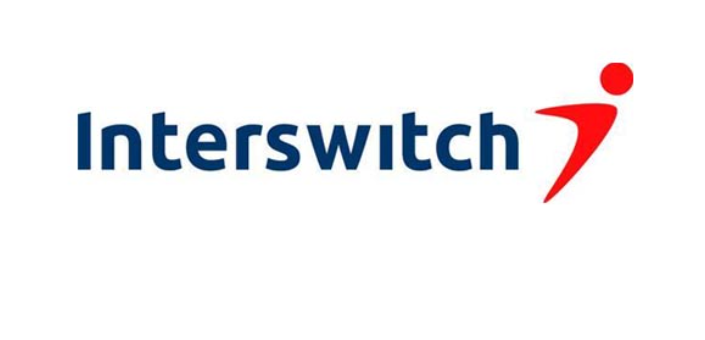For more than a decade, brands expanded their reach by relying on social media, ad networks, and marketplace systems as free territory. It felt like the future: fast, scalable, and full of promise. But the rules have now changed. Algorithms control exposure, and a single platform update can instantly erase years of audience growth. As a result, organic reach has declined sharply.
The outcome is clear. Marketers are moving away from “audience rental” and toward “audience ownership,” with brand-owned communities becoming the foundation of modern customer strategies.
The Problem with “Platform Dependency”
For instance, when you depend solely on social media to reach your audience, you are paying rent to a landlord who can raise the price or change the rules at any time. Ultimately, you do not own the relationship; the platform does.
This means:
- You are exposed to algorithmic adjustments that reduce your visibility.
- You may be deplatformed or throttled without notice.
- You have limited data and cannot fully customize your communication.
Simply put, under a platform-first approach, you do not own your audience.
The Case for Brand-Owned Communities
Owning your audience does not mean leaving social media. Rather, it entails creating infrastructure that ensures you can contact and engage your target audience directly, regardless of what happens to the platform.
This includes:
- Email lists and newsletters, which remain one of the best ROI channels and are resilient to algorithmic suppression.
- Private forums, often known as Slack or Discord groups, are spaces where your community may engage with you and each other.
- Brand applications and membership platforms, which provide unique content, prizes, and a deeper connection.
When you control the channel, you own the conversation and the data.
Why Now?
Three significant changes necessitate immediate attention:
- Algorithm Tightening: Platforms currently emphasize paid visibility instead of organic reach.
- Privacy Rules: Recent privacy modifications by Apple, Google, and the GDPR have led to a decrease in the availability of third-party data.
- Consumer Demand: Consumers are increasingly seeking safe, direct, and meaningful relationships with brands. They desire trust and exclusivity while avoiding irrelevant distractions.
How to Build a Thriving Brand-Owned Community
- Offer value instead of just ads. “Join our email list” isn’t a strong hook. Instead, say, “Get special information, deals, or tools that you won’t find anywhere else.”
- Encourage two-way communication. Communities don’t just send out information; they also receive it. You should encourage people to talk, ask questions, and help each other.
- Give rewards for loyalty. Your members will feel like experts if you give them early access, special deals, or behind-the-scenes material.
- Connect all your channels. You should make your social networks search engines that lead people to your community.
The Bottom Line
In a world where platforms control the gates, a brand-owned community is no longer optional. By investing in channels you control, you safeguard your reach, deepen relationships, and future-proof your marketing against sudden algorithm or policy changes.
Your influence is no longer measured by how many people follow you. Instead, it is measured by how many people you can reach without needing permission.
ALSO WATCH MARKETING EDGE ONTV







Comment
No comments found.